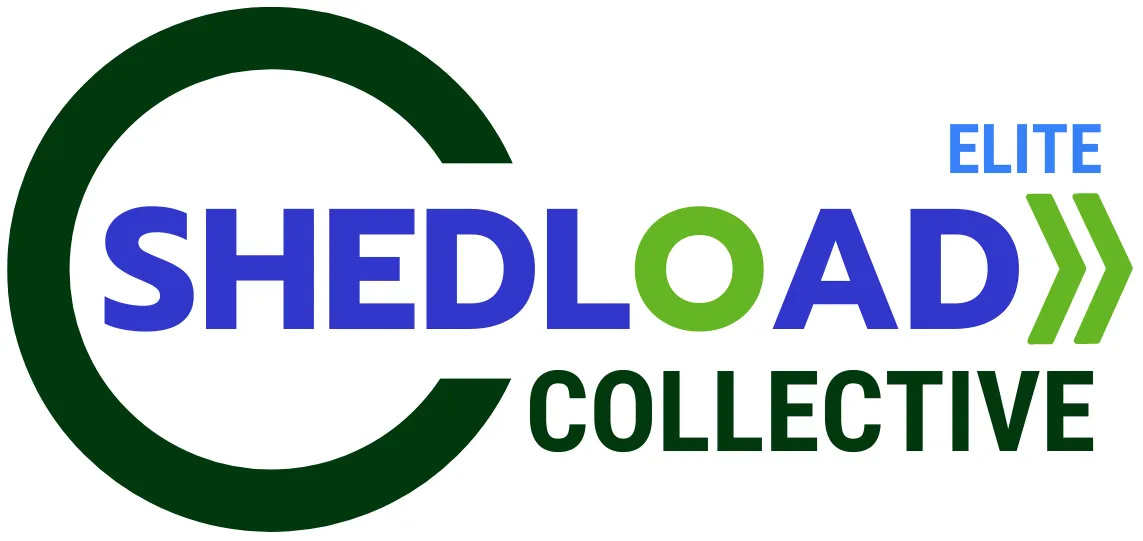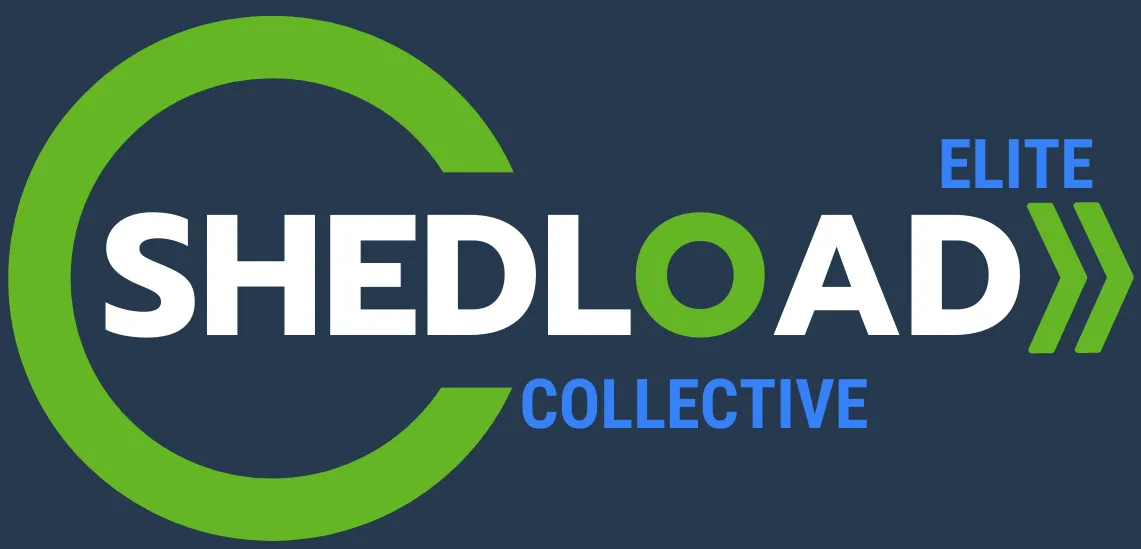
Transforming Poor Team Performance into High-Performing Collaboration with Business Coaching at the ESC
One major goal to achieve in using Coach Millicent at the Elite Shedload Collective is Transforming Poor Team Performance into High-Performing Collaboration. A business owner experiencing team conflicts and low collaboration will foster improved communication and accountability, resulting in an 80% reduction in internal project delays and a 20% increase in the successful completion of team-based initiatives within nine months.
Here are concrete business gains (in percentages) a business can achieve by using profit acceleration techniques and marginal utility theory when transforming poor team performance into high-performing collaboration, as guided by Coach Millicent and The ESC:
Increased Project Completion Rate: By identifying the key bottlenecks hindering team collaboration (profit acceleration focus) and implementing targeted solutions that yield the highest impact on project success (marginal utility of specific collaborative tools/processes), businesses can see a 20-40% increase in the rate of projects completed on time and within budget.
Reduced Project Delays: Addressing the root causes of poor collaboration, such as communication breakdowns or lack of clear roles (high-impact negative factors), and implementing strategies that significantly improve teamwork (high marginal utility of effective collaboration frameworks) can lead to a 30-60% reduction in project delays.
Improved Quality of Work Output: When teams collaborate effectively (profit acceleration targeting synergy), leveraging diverse skills and perspectives (marginal utility of varied expertise), businesses often experience a 15-30% improvement in the quality and innovation of their products, services, or internal deliverables.
Faster Problem-Solving: High-performing collaborative teams can identify and resolve issues more quickly and efficiently. By fostering open communication and shared responsibility (profit acceleration on problem resolution) and empowering team members with the right tools and processes (marginal utility of effective problem-solving methodologies), businesses can see a 25-50% reduction in the time it takes to solve critical problems.
Increased Employee Engagement and Morale: Transforming a dysfunctional team into a collaborative one (profit acceleration focusing on team dynamics) and recognizing and rewarding collaborative behaviors (high marginal utility for team cohesion) can lead to a 30-50% increase in employee engagement scores and overall team morale.
Lower Employee Turnover within Teams: When team members feel supported, valued, and part of a high-performing unit (outcomes of effective collaboration), businesses can experience a 15-35% reduction in turnover rates specifically within those teams.
Enhanced Knowledge Sharing and Innovation: Collaborative environments naturally foster greater knowledge sharing and the cross-pollination of ideas (profit acceleration targeting knowledge transfer), leading to a 20-40% increase in the generation of innovative solutions and process improvements.
Increased Customer Satisfaction: Teams that collaborate effectively internally are better equipped to provide seamless and high-quality customer service. Businesses can see a 10-20% increase in customer satisfaction scores as a result of improved internal teamwork.
Reduced Redundancy and Duplication of Effort: Clear roles, responsibilities, and efficient communication within collaborative teams (profit acceleration focusing on streamlined workflows) can lead to a 15-30% reduction in redundant tasks and duplicated efforts.
Higher Overall Team Productivity: The cumulative effect of improved efficiency, problem-solving, engagement, and reduced errors within collaborative teams, driven by profit acceleration and marginal utility, can result in an overall 20-40% increase in team productivity.
When a business transforms poor team performance into high-performing collaboration using profit acceleration principles, the impact on the bottom line and annual profit gain can be substantial and realized relatively quickly. Here's how:
Profit Acceleration Principles in Action:
Identifying High-Impact Collaboration Barriers: Instead of addressing every team issue, profit acceleration focuses on pinpointing the key obstacles hindering effective collaboration that have the most significant negative impact on productivity and profitability. Coach Millicent at The ESC would help identify these critical bottlenecks, such as lack of clear roles or poor communication channels.
Implementing Rapid, Targeted Solutions: Once the core issues are identified, the focus is on implementing specific, high-leverage solutions that can yield quick improvements in team dynamics and output. For example, The ESC might recommend implementing daily stand-up meetings or a project management tool to enhance communication and task coordination.
Leveraging Existing Team Strengths: Profit acceleration encourages identifying and maximizing the existing skills and talents within the team to foster collaboration. By assigning roles and responsibilities that align with individual strengths, teams can achieve synergy and accelerate results.
Impact on Business Bottom Line and Annual Profit Gain:
Increased Productivity and Efficiency: High-performing collaborative teams work more efficiently, leading to a 20-40% or more increase in overall productivity. This translates directly to higher output with the same or fewer resources, boosting revenue and reducing labor costs per unit.
Reduced Errors and Improved Quality: Effective collaboration fosters better communication and shared understanding, leading to a 15-30% decrease in errors and improved quality of work. This reduces rework, waste, and customer dissatisfaction, positively impacting the bottom line.
Faster Project Completion and Time to Market: Collaborative teams can streamline workflows and problem-solving, resulting in 25-50% faster project completion times and quicker time to market for new products or services, leading to earlier revenue generation.
Enhanced Innovation and Problem-Solving: Collaborative environments foster the sharing of ideas and diverse perspectives, leading to a 20-40% increase in innovation and more effective problem-solving, which can drive new revenue streams and cost savings.
Improved Employee Retention: When teams function well and individuals feel supported, employee morale and engagement increase, leading to a 15-35% reduction in employee turnover. This significantly lowers recruitment and training costs.
Increased Customer Satisfaction: Internally collaborative teams provide more seamless and higher-quality customer service, resulting in a 10-20% increase in customer satisfaction and loyalty, driving repeat business and positive referrals.
Higher Profitability: The combined effect of increased productivity, reduced errors, faster project completion, enhanced innovation, and improved customer retention can lead to a significant 10-25% or more increase in overall business profitability within a relatively short timeframe (1-2 years).
In essence, transforming poor team performance into high-performing collaboration through profit acceleration principles creates a powerful engine for financial improvement. By strategically targeting key collaboration barriers and implementing rapid, high-impact solutions, businesses can unlock significant gains in efficiency, quality, innovation, and customer satisfaction, leading to a substantial and accelerated positive impact on their bottom line and annual profit gain.
Are you interested in learning more about our different coaching offerings? Feel free to contact us anytime and check out our wide range of services to support whatever short or long term needs you’re currently facing.



